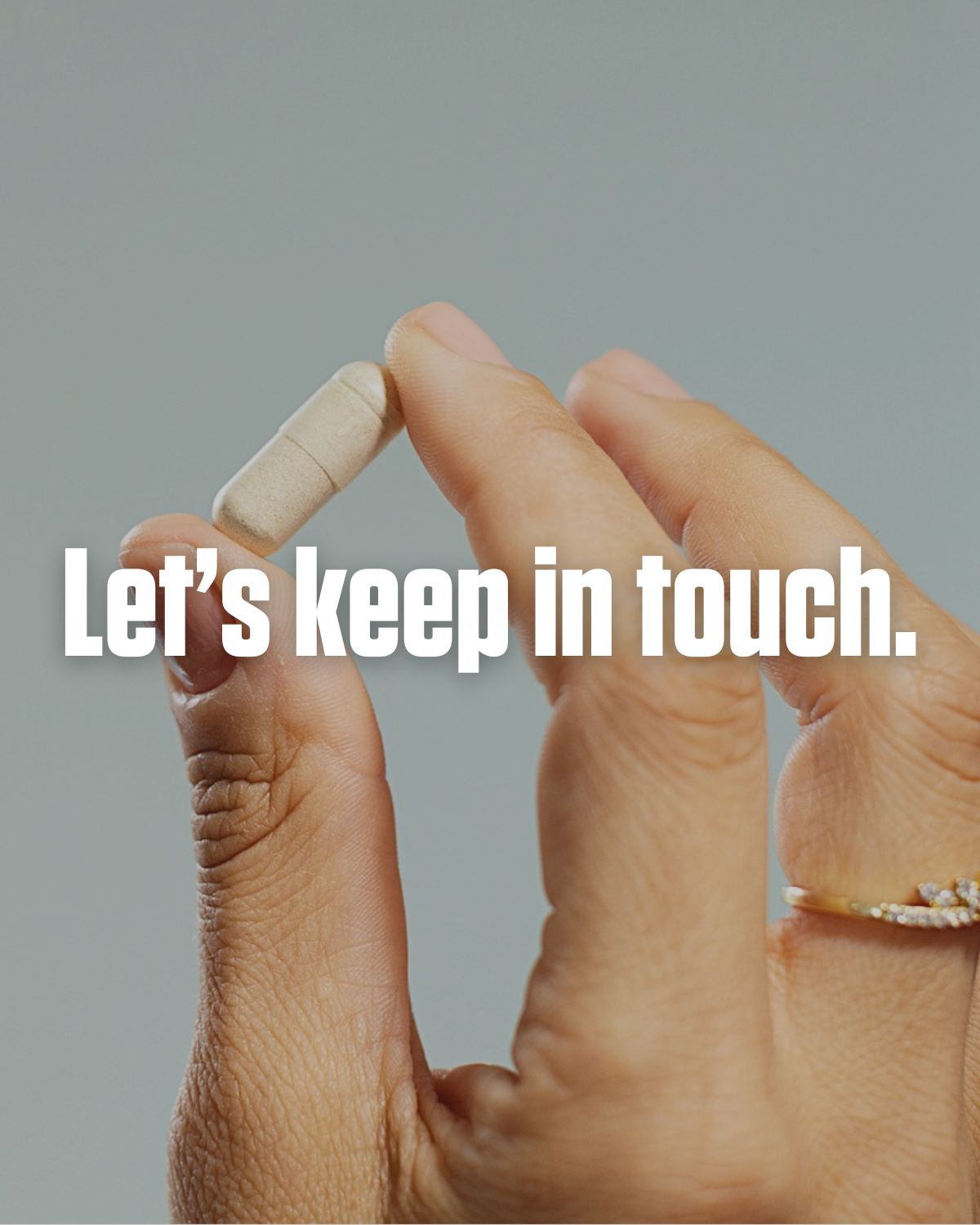How to Find Your Fertility Window

Trying to have a baby and not having any luck? Technically, you can get pregnant at any point during your cycle. But you are most likely to conceive during what is referred to as your "fertility window."
What is your fertility window, and how do you find it? Let's go over the basics so that you know how to time your attempts to conceive to give yourself the best chances of success.

What is Your Fertility Window?
To get pregnant, you need a sperm to fertilize an egg. This is most likely to occur successfully around the time of ovulation.
To get specific, your fertility window encompasses the day that you ovulate, and the five days prior to that day. It is six days in total.
Why is it those six days? Well, it should be pretty obvious why the day of ovulation is part of your fertility window. If you ovulate, have sex, and a sperm reaches the egg while ovulation is taking place, you stand a good chance of conceiving.
{OFFER(2)}
As to the five days prior, sperm can survive as long as five days in your body. So, if you had sex anytime within the five days before ovulation, it is possible that some surviving sperm in your reproductive tract could fertilize your egg when you ovulate.
How Do You Know When Your Fertility Window Arrives?
Now you know what your fertility window is. But how can you know when you are in your fertility window during each menstrual cycle? That is where things can get a bit tricky.
If you have a standard 28-day cycle, ovulation should take place around the 14 or so. If you have a more varied cycle length, it can become more difficult to predict when ovulation will happen.
Here are a few methods which can help you to track your cycles and predict when you are entering your fertility window:
- Is your cervical suddenly thick and stringy for a few days? This takes place during the fertility window. Once you learn to recognize it, tracking it can be a good way to spot when you have entered the fertile window.
- Monitor your basal body temperature. It should go up by two-tenths of a degree or more while ovulating.
- Try an ovulation predictor kit (OPK). With this kit, you can detect the spike in luteinizing hormone (LH) which happens about 36 hours before you ovulate. You can get one of these kits over-the-counter.
- Get a fertility monitor. This is similar to an OPK, but it costs more and detects estrogen levels and not just LH levels.
There is going to be some trial and error involved with this process, especially if you are not used to monitoring your cycles or if your cycles are irregular.
So, be patient and don’t give up. Over time, you will get better at predicting when you are entering your fertility window. Hopefully not too far in the future, you will successfully get pregnant. If you want to give your fertility a boost, consider taking a supplement to support reproductive health while you are trying to conceive.




